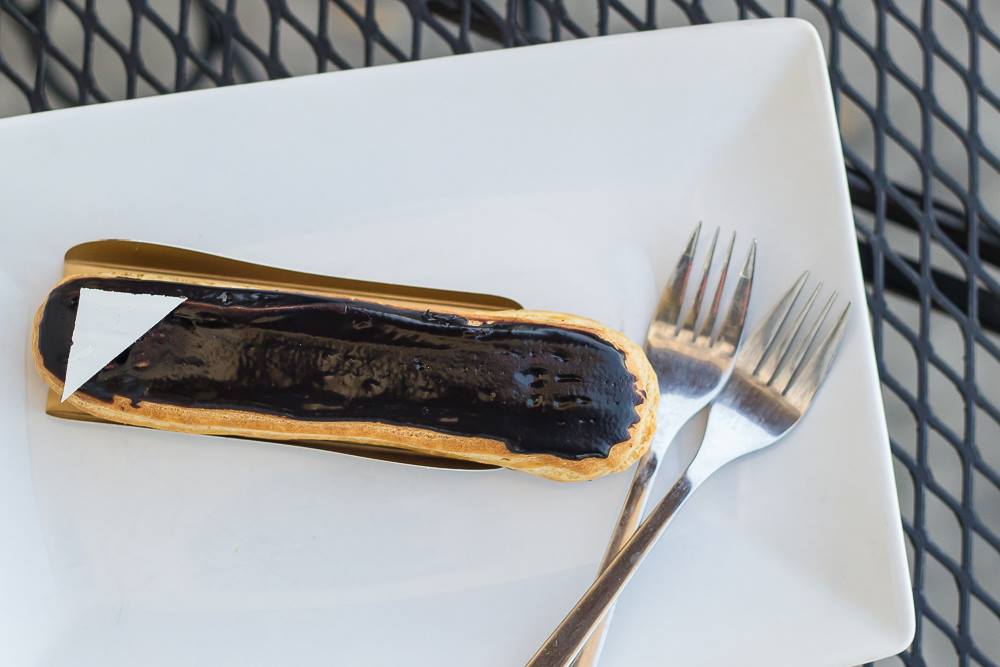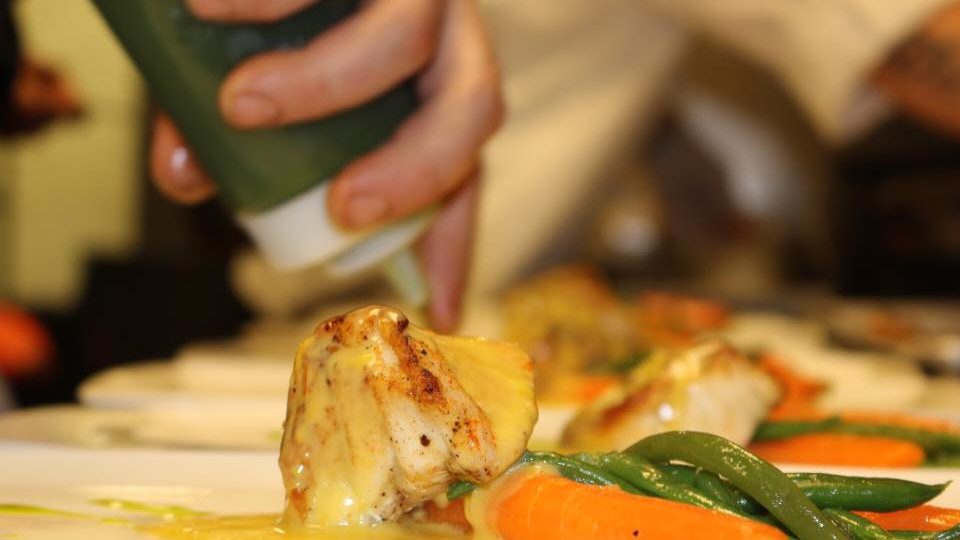What To Eat In France
One of the best things about traveling is tasting authentic foreign cuisine. And there’s no better place to broaden your gastronomic horizons than France.
Here’s a List of What to Eat in France:
What To Eat For Breakfast In France
It’s only slightly healthier than a doughnut, but a croissant is a great way to start the morning. Or get your sweet fix with a baguette topped with smeared jams or Nutella (a chocolate-hazelnut spread that is to the Europeans what peanut butter is to Americans).

What To Eat For Lunch In France
Parisian sandwiches will leave you wondering why we’re stuck with mediocre sandwich joints like Subway and Quiznos. The most famous French sandwich is the croque monsoir. It’s a grilled ham and cheese sandwich with the meat on the inside and melted, chewy cheese on top of the bread. There’s also an alternate version called the croque madame, which has a fried egg on top. Sandwiches are usually served with pomme frites, which sounds way more elegant than “French fries.”
Pâté is a mixture of ground liver and fat that’s cut into blocks and spread onto a piece of bread. Doesn’t that make butter sound healthy?
French onion soup is perfect on a cold day. Onions are stewed in a beef broth for hours, then get topped with croutons and a golden layer of melting cheese.
A quiche is basically an egg, cheese and meat (or vegetable) pie.
The running theme here is: tastier means fattier.
What To Eat For Snacks In France
Who needs a pretzel when you can have a crêpe? Crêpes come in two varieties: sweet or savory. A sweet crêpe are filled with fruit spreads or a chocolate sauce like Nutella, then sprinkled with powdered sugar. Savory crêpes are kind of like sandwiches; they can be filled with just cheese or cheese and sliced meat.
A baguette and cheese is one of the staples in France. Baguettes are always soft and chewy on the inside with a crispy crunch on the outside. The most common cheese you’ll find in France is either brie or camembert, both of which are soft and creamy.
What To Eat For Dinner In France
Frog’s legs and escargot are two traditional French delicacies that aren’t as gross as they sound. Both foods are cooked in a buttery garlic sauce that overwhelms the flavor of the meat and softens the texture.
Foie gras is the enlarged liver of a duck that’s been fattened due to force-feeding. The liver is then sliced like a pâté and pan-fried to create a crispy exterior, or just served cold and spread onto bread. Foie gras has such a high-fat content that not even an entire walk around Paris would not burn off the calories.
Duck confit is the cured leg of duck that’s slowly poached in a vat of its own fat.
Ratatouille is a stew of vegetables such as onions, zucchini, bell peppers, and eggplant, made famous (at least outside of France) by the Pixar movie of the same name.
If you like cioppino, you’ll like bouillabaisse. It’s a traditional stew containing fish and shellfish, and flavored with herbs.
My favorite thing to eat in Paris was beef bourguignon, a stew of beef braised in red wine usually served with roasted or mashed potatoes. The meat is juicy and tender and the broth is thick and rich. It’s a dish that’ll keep you stuffed for hours.
Coq au vin is basically the same thing with chicken — it’s chicken stewed with wine and vegetables.
Raw beef is shockingly popular in France. We often saw people eating steak tartare, which is raw ground beef served with a raw egg and steak sauce. We tried the less threatening beef carpaccio, which is raw beef sliced paper-thin and served with cheese. It tasted like a cold steak, but it was hard to enjoy because all I kept thinking about was e-coli.

What To Eat For Desserts In France
A tart is a fruit pie without all the junky filling. It’s a soft, flaky crust filled with sliced fruits, topped with glazed or powdered sugar.
Éclairs make my arteries say “no” but my mouth say “yes!” They look like long doughnuts filled with cream and topped with chocolate icing.
Mousse is a dessert that looks light and fluffy and airy, but once you put a spoonful in your mouth, you realize how dense all that egg, cream and sugar really is.
Soufflé is a lot like mousse: its looks are deceiving. Soufflé is mixture of custard and egg whites that’s cooked in a container the size of a cupcake. The finished product explodes out of the cup, creating an airy and fluffy cake.
A madeleine is a light and sweet pound cake in the shape of a shell.

Dining In France
Dining in France isn’t like dining in the U.S. Restaurants in America want you to eat your meal before you get too comfortable and get out as quickly as possible. It’s the opposite in France. Meals can last hours and waiters generally won’t return to your table after your food arrives. They’re not being rude or ignoring you. They give you privacy because they think it’s rude to interrupt your meal. When you need the waiter, it’s your duty to signal him.
Where To Eat In France – Summary
Eating establishments in France fall into four categories with each one being more expensive than the last. The bottom rung of the eating ladder belongs to the cafe. Cheap and quick, it’s the best place to grab a soup or sandwich. Brasseries are a little fancier than cafes and most are open 24 hours. They serve snacks and meals that are similar to American bar food. Bistros are the next step up. The food is moderately priced and the meals are generally traditional foods like stews and slow cooked meats.
Restaurants are the most expensive options. They tend to serve higher-class food in an elegant setting. Expect the full dining experience in a restaurant: fine food (that means small portions), plenty of wine (that means an expensive bottle) and niceties like table-side service, musicians, and a coat room (that means more people you have to tip).
